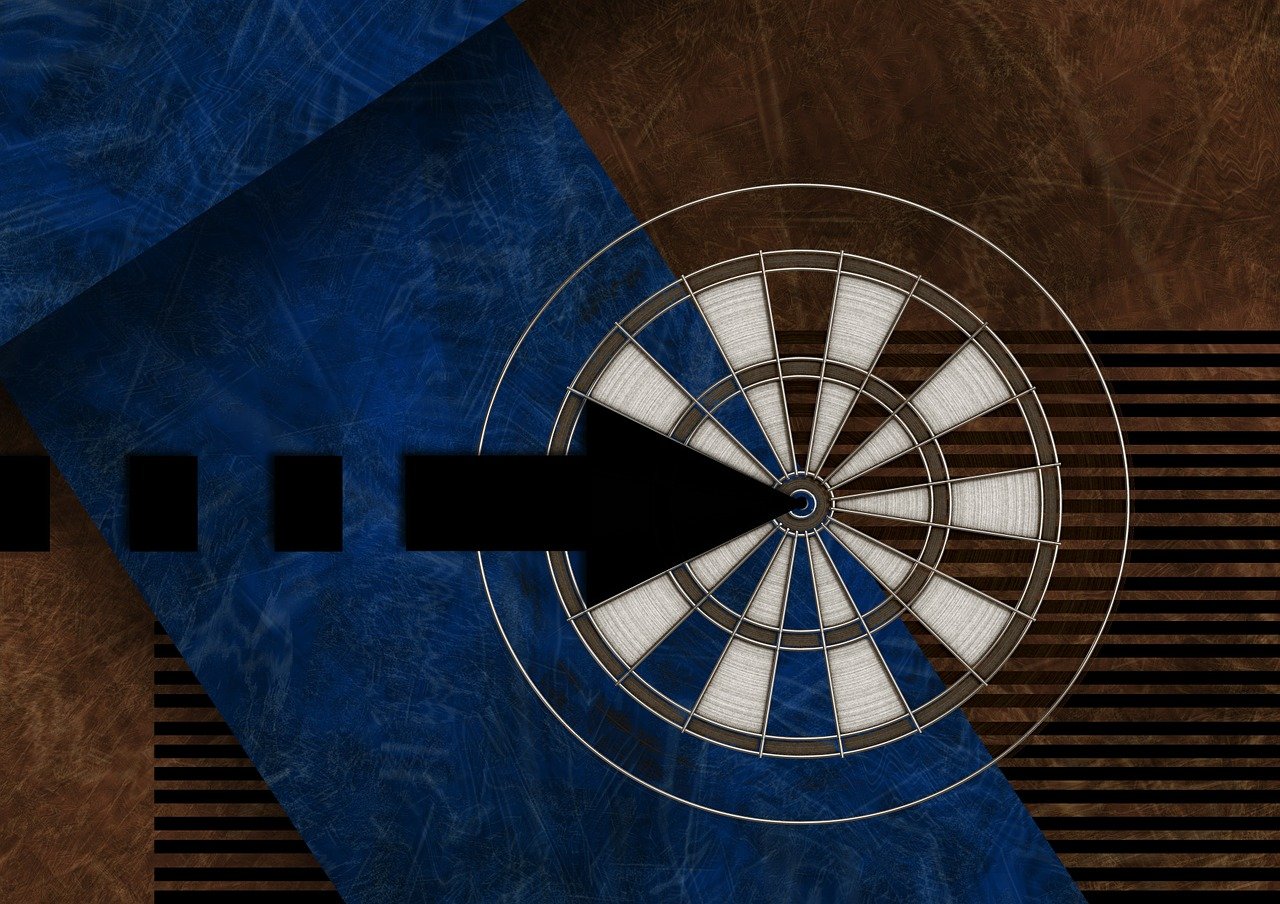Title: Implementing a Multi-Segment Controller with PLC and Frequency Converter
This article introduces the implementation of a multi-segment controller using PLC (Programmable Logic Controller) and frequency converter. The PLC is used to control the logic and sequence of the controller, while the frequency converter controls the speed of the motor. The implementation of this controller is divided into several segments, each responsible for a specific task. The first segment initializes the system and sets up the communication between PLC and frequency converter. The second segment reads the input signals from sensors or other sources, and the third segment processes these signals to generate the control commands. The fourth segment sends the control commands to the frequency converter, which in turn controls the motor speed. The fifth segment monitors the system status and provides feedback to ensure the controller is operating properly. This implementation allows for precise control of multi-segment systems, providing increased efficiency and reliability in industrial applications.
Multi-segment controllers are widely used in industrial automation to control complex processes with multiple control loops. These controllers typically consist of multiple segments, each responsible for a specific process variable, and are designed to maximize system efficiency and product quality. In this article, we will explore how to implement a multi-segment controller using PLC (Programmable Logic Controller) and Frequency Converter technology.
PLC and Frequency Converter Overview
PLC (Programmable Logic Controller) is a digital computer designed to automate industrial processes. It receives input from sensors and other devices, processes this information according to user-defined logic, and then sends output to actuators and other devices to control the process. Frequency Converter, also known as AC Drive or Variable Frequency Drive (VFD), is a device that changes the frequency of an AC (Alternating Current) motor, allowing for precise speed control of the motor.
Multi-Segment Controller Design

In a multi-segment controller, each segment typically consists of a PID (Proportional-Integral-Derivative) controller or similar process control algorithm. The segments are arranged in a hierarchy, with each segment controlling a specific process variable while also providing feedback to higher-level segments to aid in overall process optimization.
Implementation with PLC and Frequency Converter
To implement a multi-segment controller with PLC and Frequency Converter, you will need to perform the following steps:
1、Hardware Setup: Connect the PLC to the Frequency Converter and any necessary sensors or actuators. Ensure that all devices are properly grounded and powered.
2、PLC Programming: Program the PLC to receive input from the sensors and perform the necessary logic calculations to control the process. This may involve implementing multiple PID controllers or other process control algorithms in the PLC.
3、Frequency Converter Setup: Configure the Frequency Converter to receive control signals from the PLC and adjust the motor speed accordingly. Ensure that the Frequency Converter is set up to handle the specific requirements of your process, such as speed range, acceleration/deceleration times, and so on.
4、Testing and Debugging: Perform extensive testing to ensure that the multi-segment controller is working properly. Monitor system performance and adjust PLC logic and Frequency Converter settings as needed to optimize process efficiency and product quality.
Conclusion
Implementing a multi-segment controller with PLC and Frequency Converter can be a complex but rewarding task. By carefully designing each segment of the controller and configuring the PLC and Frequency Converter appropriately, you can create a system that maximizes process efficiency and product quality while minimizing energy consumption and maintenance costs.
Articles related to the knowledge points of this article:
PLC Controller Prices Variation
Computer PLC Controller Drivers
PLC Symbols for Temperature Controllers
Title: Taiwan PLC Controller Maintenance
PLC Controller Point Count Location
PLC Controller Programming: A Guide to Reading and Understanding the Code